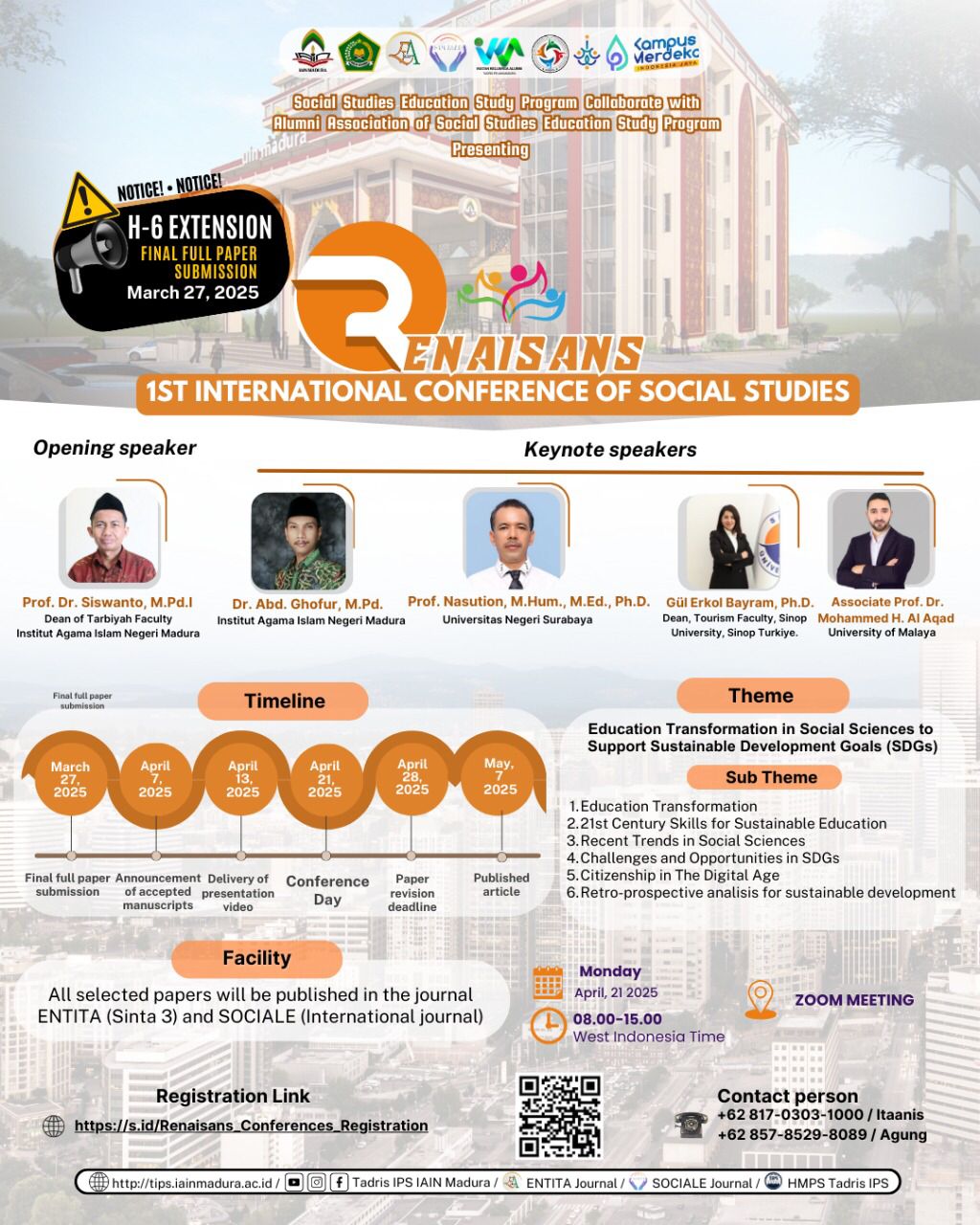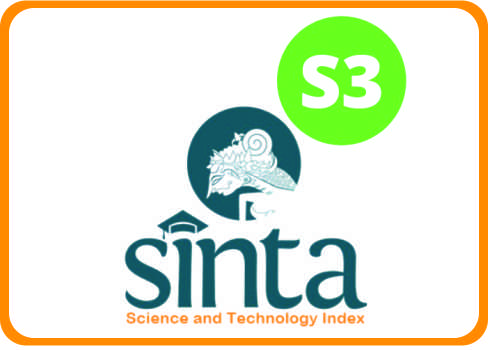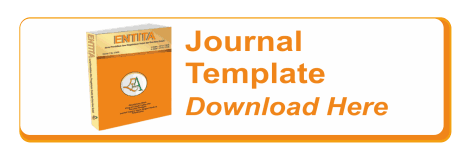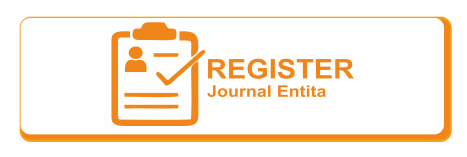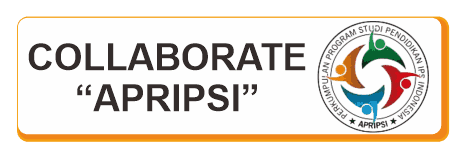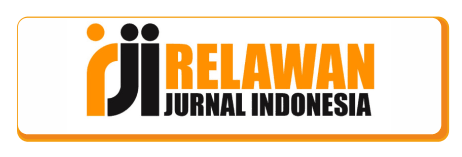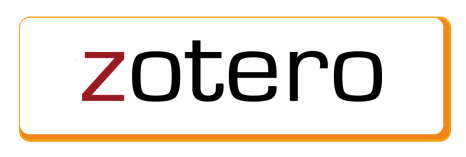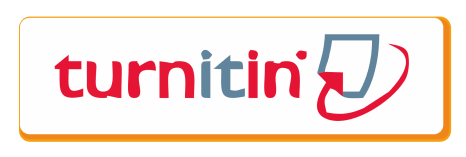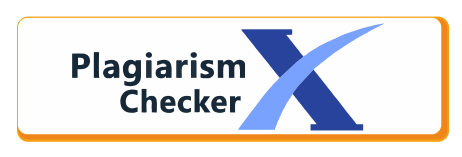Istawarta: Inovasi Media Pembelajaran Keterampilan Membaca Abad 21 Mahasiswa IAIN Madura dalam Mendukung SDGs
 Abstract views: 0
,
Abstract views: 0
,
 PDF (Bahasa Indonesia) downloads: 0
PDF (Bahasa Indonesia) downloads: 0
Abstract
This research is motivated by the development of technological times that are increasingly developing so that it is possible to use relevant learning media such as istawarta. Istawarta is a combination of the terms instagram and warta (news) which is an innovative learning media to improve students' reading skills in the 21st century. The purpose of this study is to determine the use of istawarta in reading skills in IAIN Madura students and to determine the results of using istawarta as the latest innovation in learning media for reading skills of IAIN Madura students in the 21st century in supporting SDGs. This research uses descriptive qualitative method with data collection using observation, interview, documentation of IAIN Madura students who use istawarta. The main data source in this study comes from the istawarta of IAIN Madura students. The data analysis technique consists of data collection, data reduction, data presentation, and inference. The results of this study found 5 aspects in the reading skills of IAIN Madura students, namely sensory aspects, perceptual aspects, schemata aspects, thinking aspects, and affective aspects.
Downloads
References
Alisjahbana, A. S. (2021). Sustainable Transport, Sustainable Development. In Sustainable Transport, Sustainable Development. https://doi.org/10.18356/9789210010788
Ambasari Zufruf. (2020). Penggunaan Instagram Sebagai Media Pembelajaran Bahasa dan Sasatra Indonsia Pada Era 4.0. Prosiding Seminar Nasional PBSI-III Tahun 2020, 82.
Batubara, I. H. (2018). Pengaruh Model Pembelajaran Berbasis Masalah Terhadap Hasil Belajar MahasiswaBiblio Couns. Jurnal Kajian Konseling Dan Pendidikan, 1(2), 48.
Darmadi. (2018). Membaca Yuk.
Dile, U. (2020). Kemampuan Membacakan Teks Berita Surat Kabar Lokal Siswa Kelas VIII SMP Muhammadiyah Kupang Tahun Pelajaran 2019/2020. Jurnal Ilmu Pendidikan (JIP), 05(2), 44.
Harianto, E. (2020). Keterampilan Membaca dalam Pembelajaran Bahasa. DIDAKTIKA, 9(1), 2.
Jennyya, V. (2021). Gaya Hidup Hedonisme di Kalangan Mahasiswa Universitas Sam Ratulangi. 14(3), 2.
Kuswanto, J. dan F. R. (2018). No Media Pembelajaran Berbasis Android pada Mata Pelajaran Sistem Operasi Jaringan Kelas XITitle. Jurnal Media Infotama, 14(1), 15–16.
Meutia, F. (2021). Pengaruh Skemata Terhadap Pemahaman Teks Pembelajaran Bahasa Korea. 3(1).
Muh. Rijalul Akbar. (2021). Kajian Literatur Media Pembelajaran Grafis dalam Pembelajaran Bahasa. Kajian Literatur Media Pembelajaran Grafis Dalam Pembelajaran Bahasa, 11(2), 67.
Purba, H. M. (2023). Aspek-Aspek Membaca dan Pengembangan dalam Keterampilan Membaca di Kelas Tinggi. INSPIRASI DUNIA, 2(3), 182.
Rachmayanti, I., & Alatas, M. A. (2023). Pemanfaatan AI sebagai Media Pembelajaran Digital dalam Foreign Language Development Program (FLDP) IAIN Madura. GHANCARAN: Jurnal Pendidikan Bahasa Dan Sastra Indonesia, November, 214–226. https://doi.org/10.19105/ghancaran.vi.11752
Saputra, I. (2023). Meningkatkan Semangat Literasi Digital pada Generasi Millenial dalam Penangkalan Berita Hoaks. Jurnal Malikussaleh Mengabd, 2(1), 284.
Sujarweni, V. W. (2019). Metoddologi Penelitian.
Suparlan. (2021). Keterampilan Membaca pada Pembelajaran Bahasa Indonesia di SD/MI, Fondatia. Jurnal Pendidikan Dasar, 5(1), 2.
Wijaya, Etistika Yuni, D. (2016). Transformasi Pendidikan Abad 21 Sebagai Tuntutan Pengembangan Sumber Daya Manusia di Era Global. 1.
Copyright (c) 2025 Entita: Jurnal Pendidikan Ilmu Pengetahuan Sosial dan Ilmu-Ilmu Sosial

This work is licensed under a Creative Commons Attribution-NonCommercial 4.0 International License.
ENTITA: Jurnal Pendidikan Ilmu Pengetahuan Sosial dan Ilmu-Ilmu Sosial operates an Open Access policy under a Creative Commons Non-Commercial 4.0 International license. Authors who publish with this journal agree to the following terms:
- The copyright of the received article once accepted for publication shall be assigned to the journal as the publisher with licensed under a

- Journal is able to enter into separate, additional contractual arrangements for the non-exclusive distribution of the journal's published version of the work (e.g., post it to an institutional repository or publish it in a book), with an acknowledgement of its initial publication in this journal.
- Journal is permitted and encouraged to post their work online (e.g., in institutional repositories or on their website) prior to and during the submission process, as it can lead to productive exchanges, as well as earlier and greater citation of published work (see The Effect of Open Access).
- Here is Copyright Transfer Form that author can download and send to OJS during submission.


